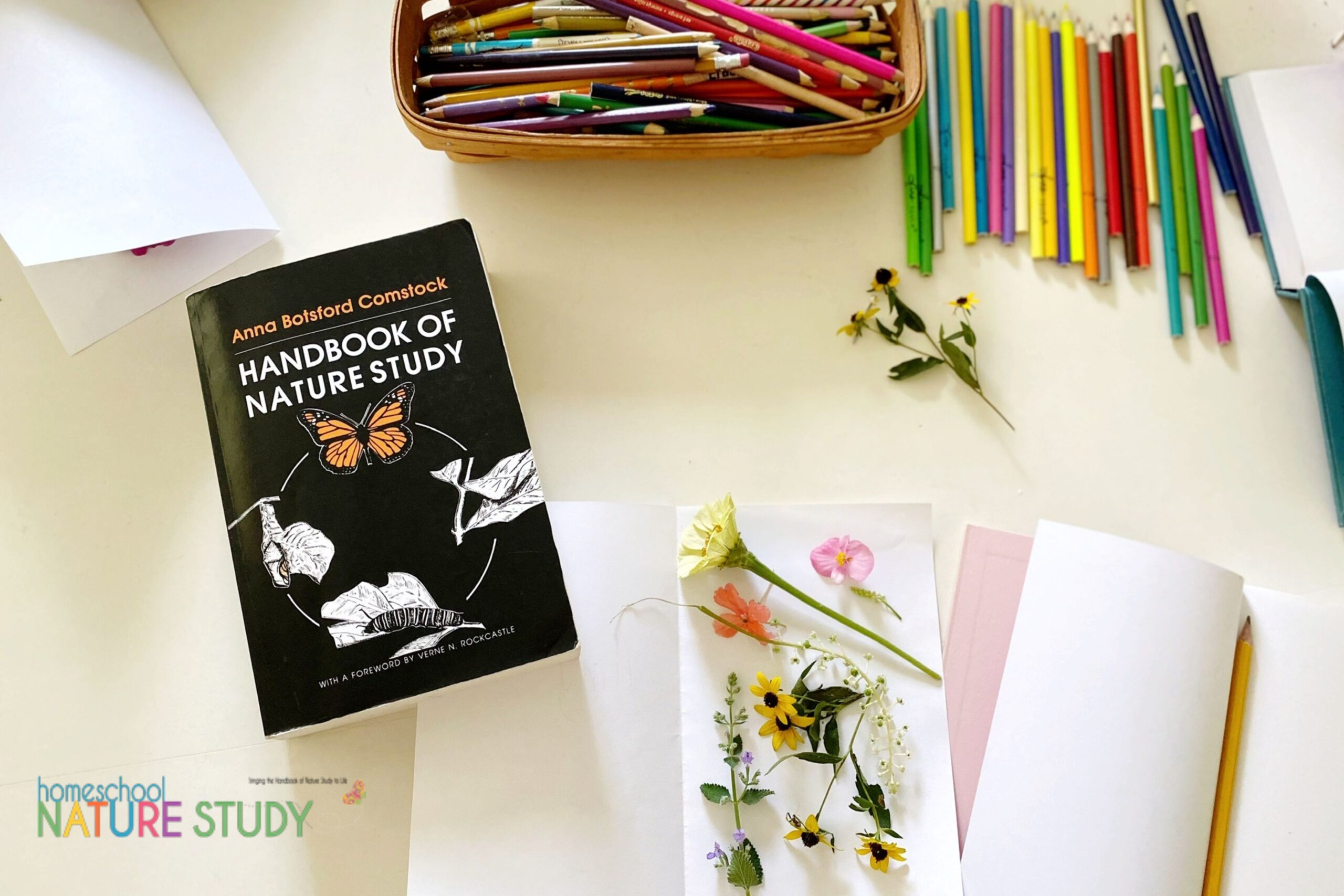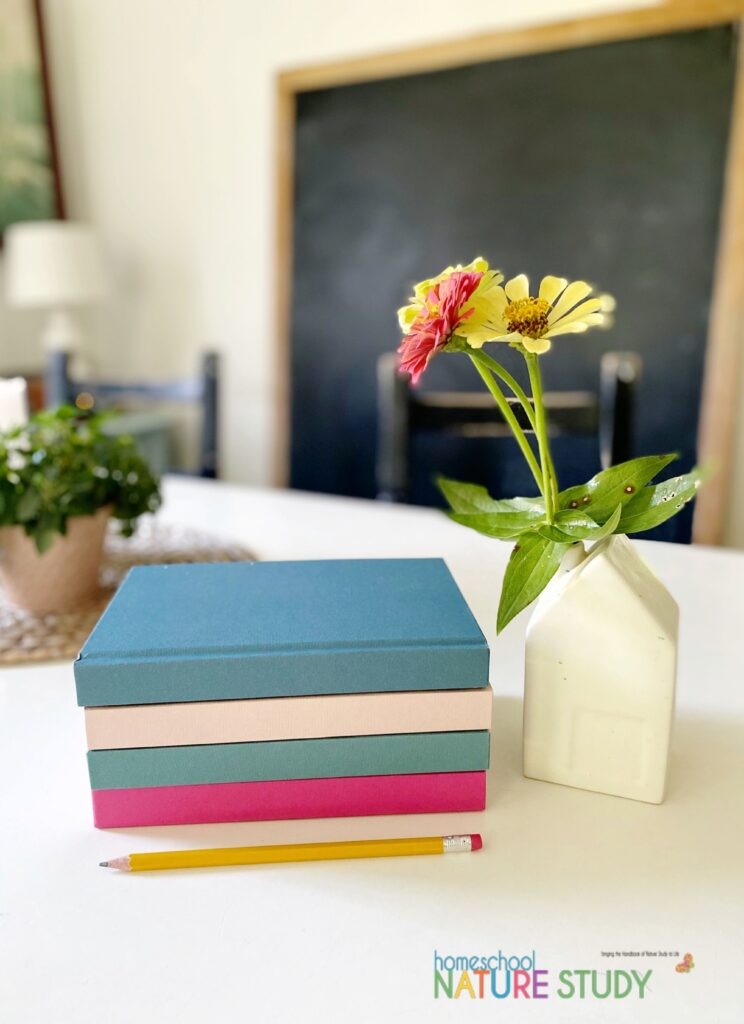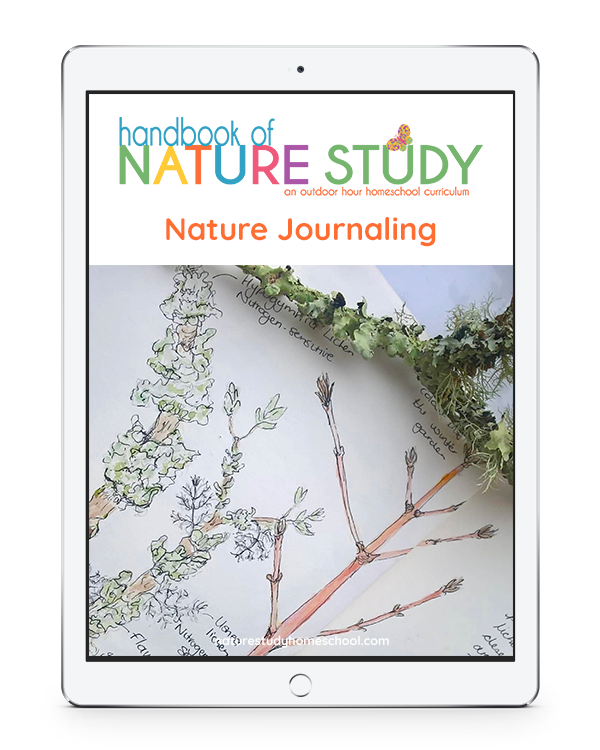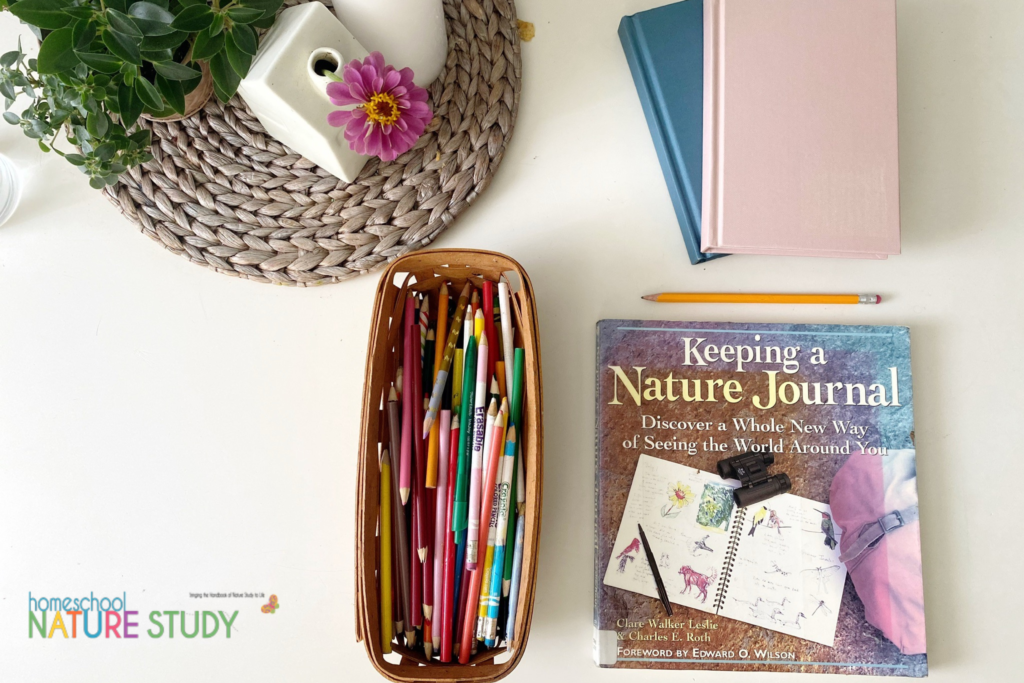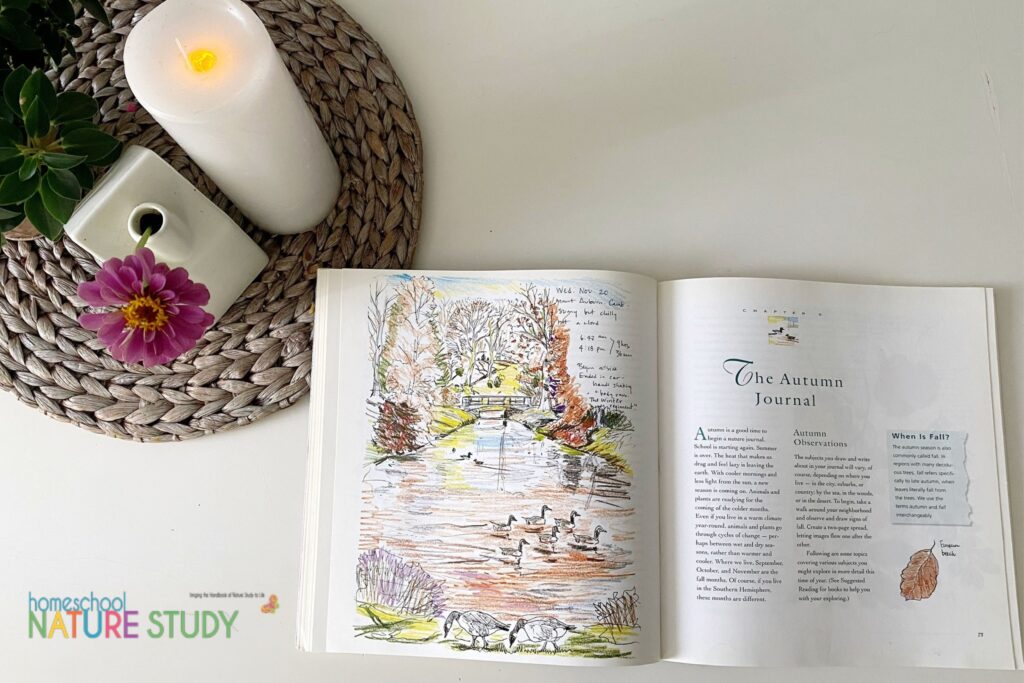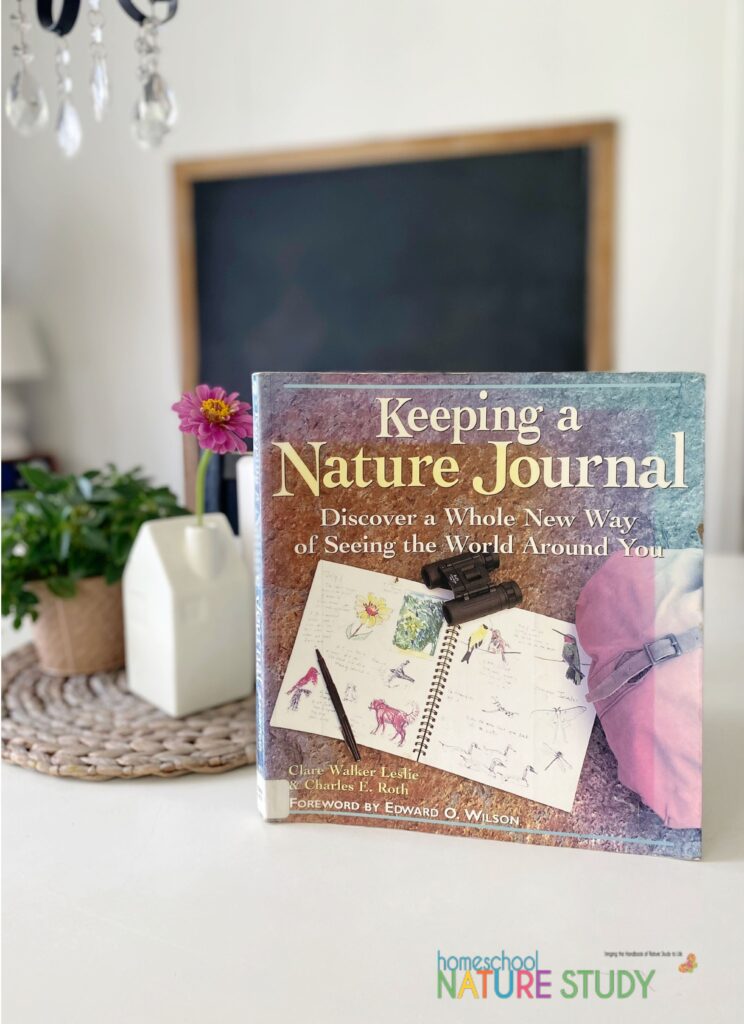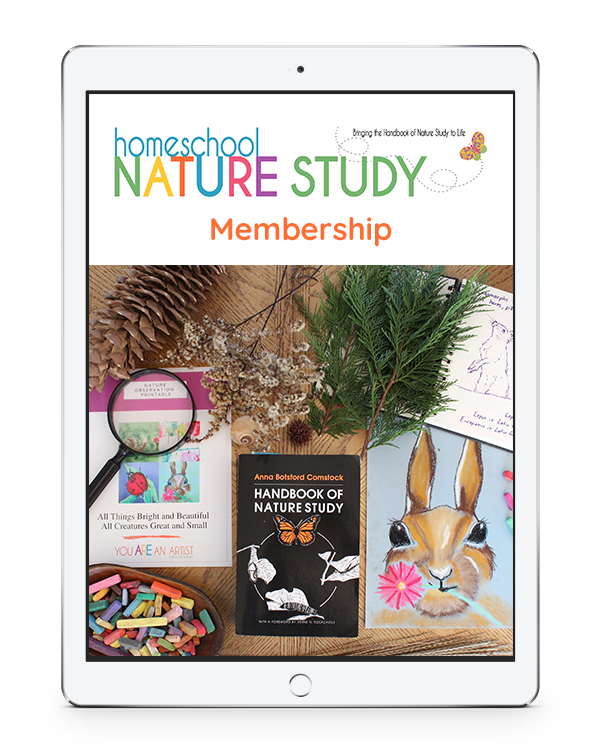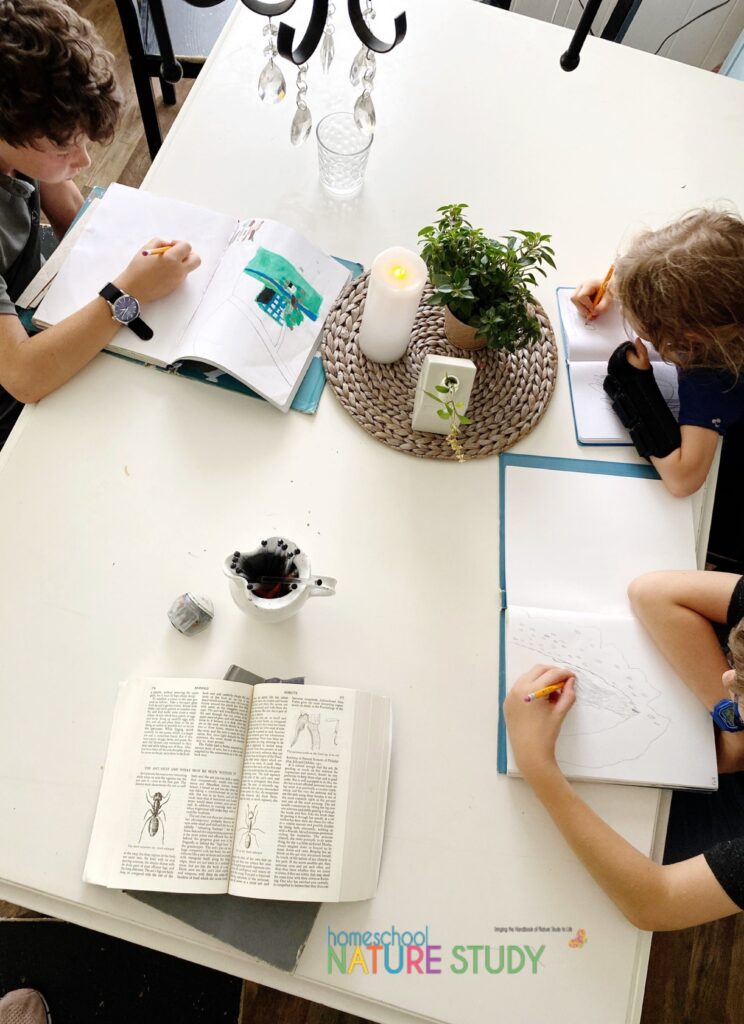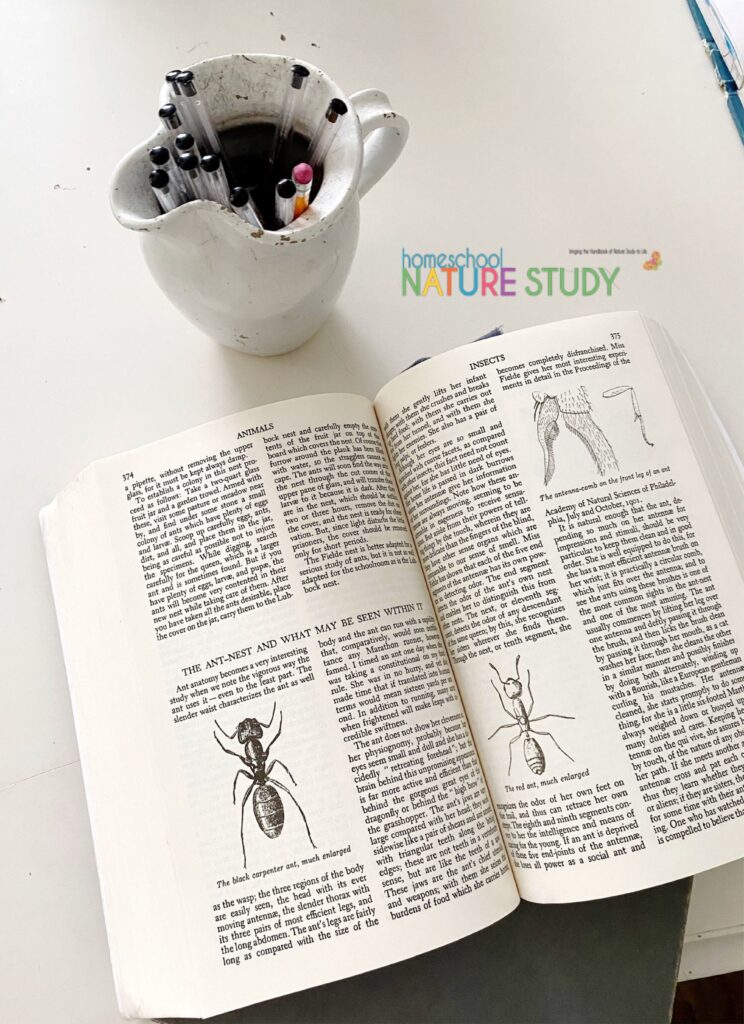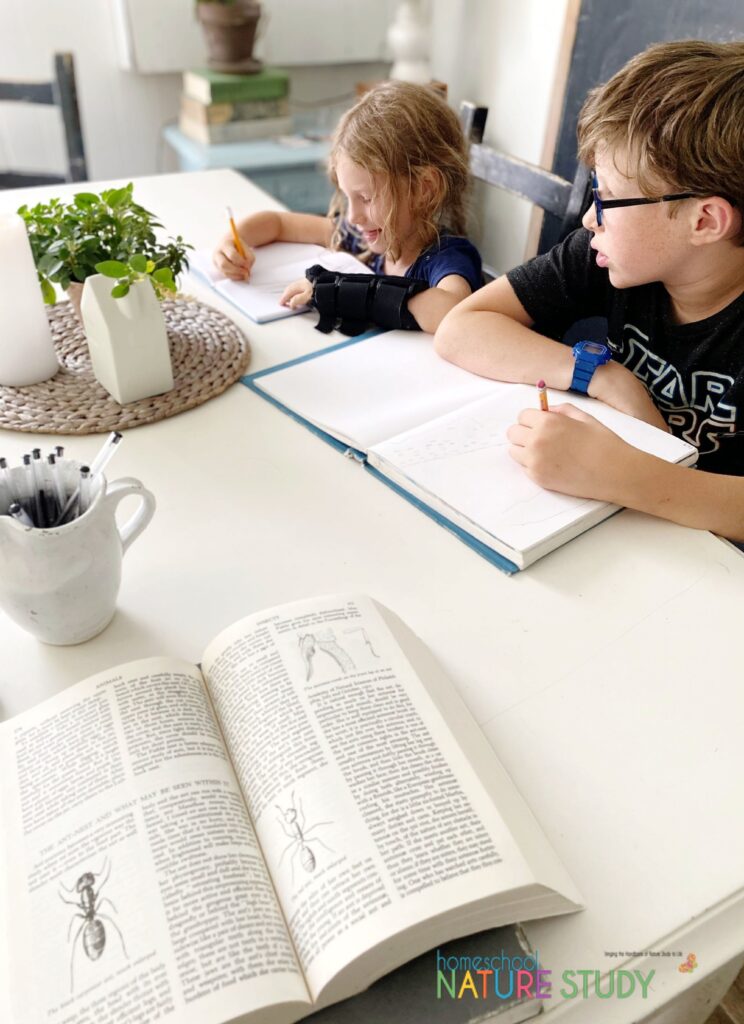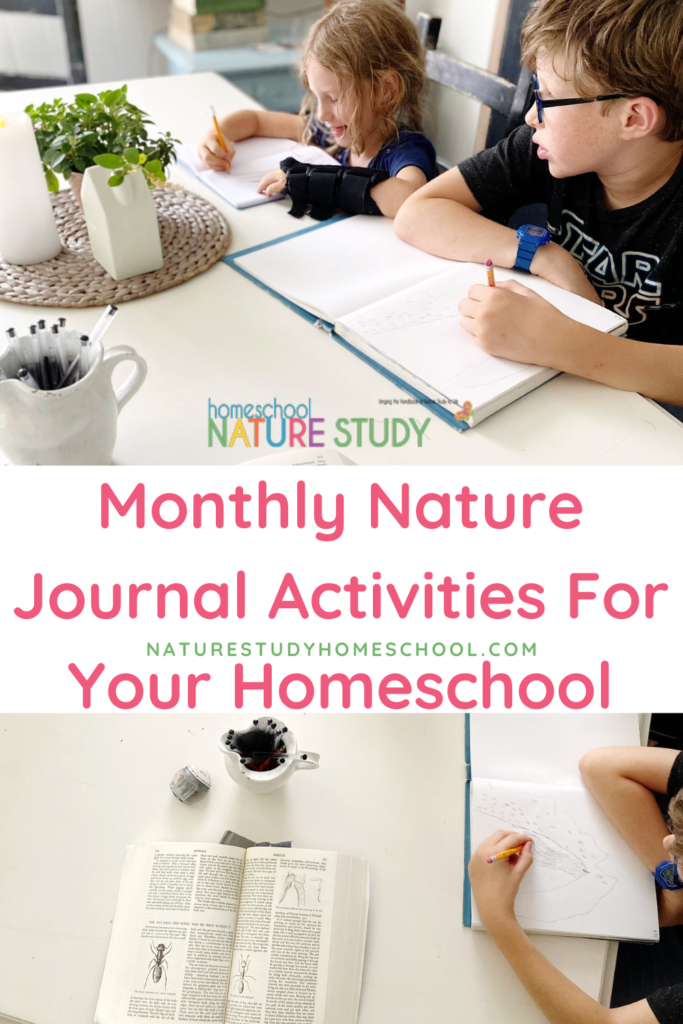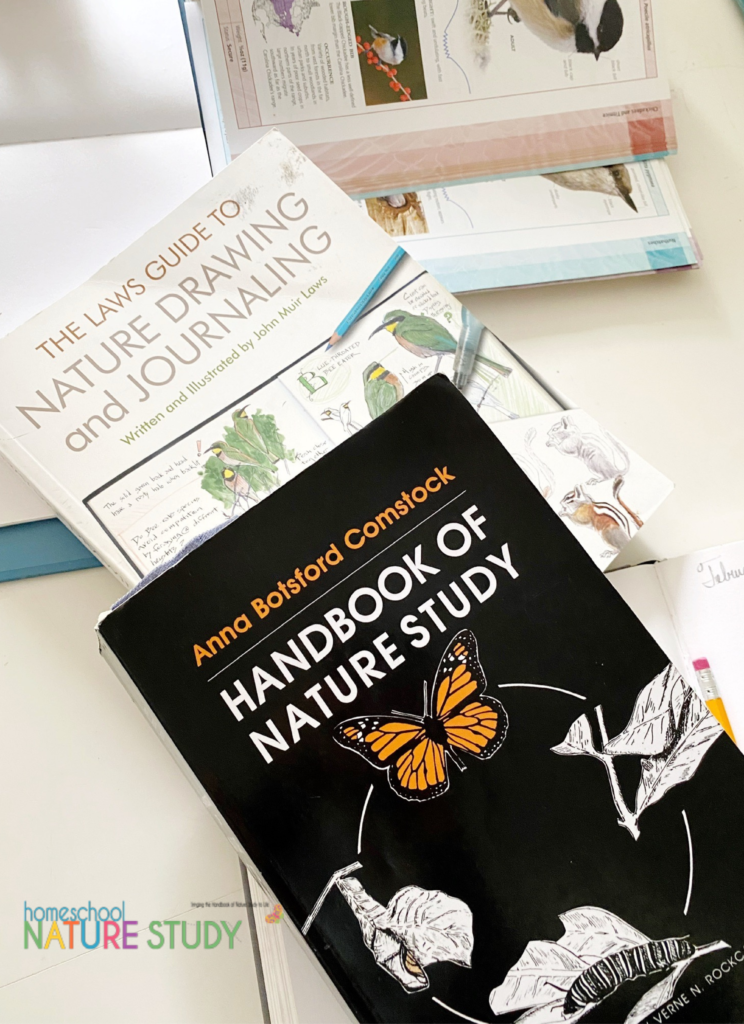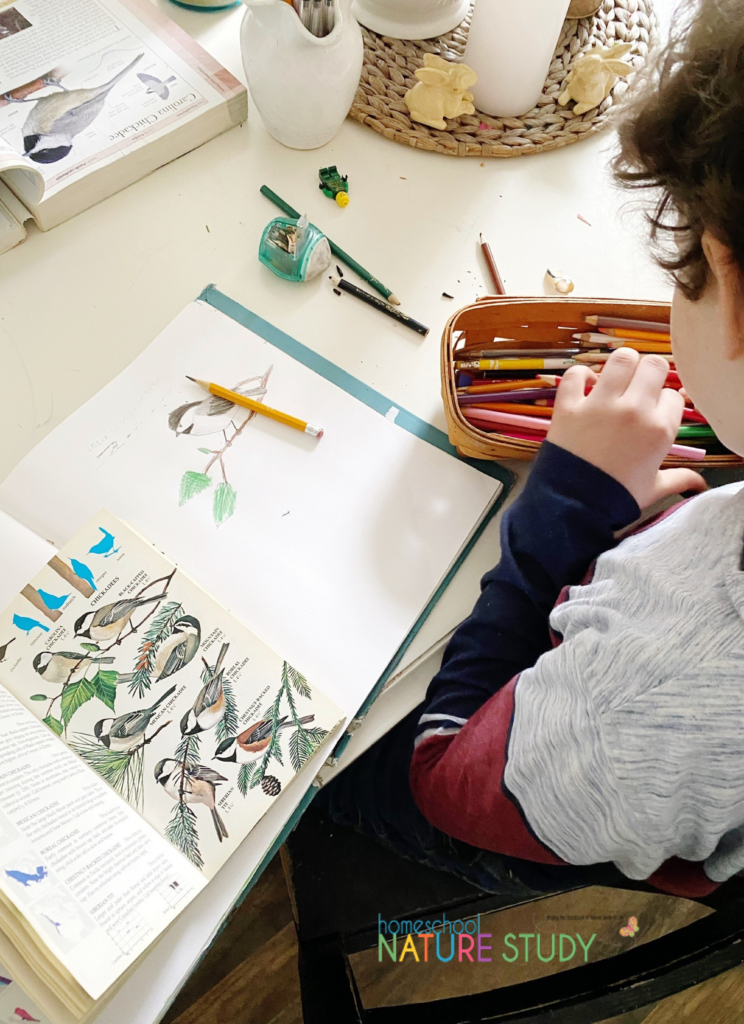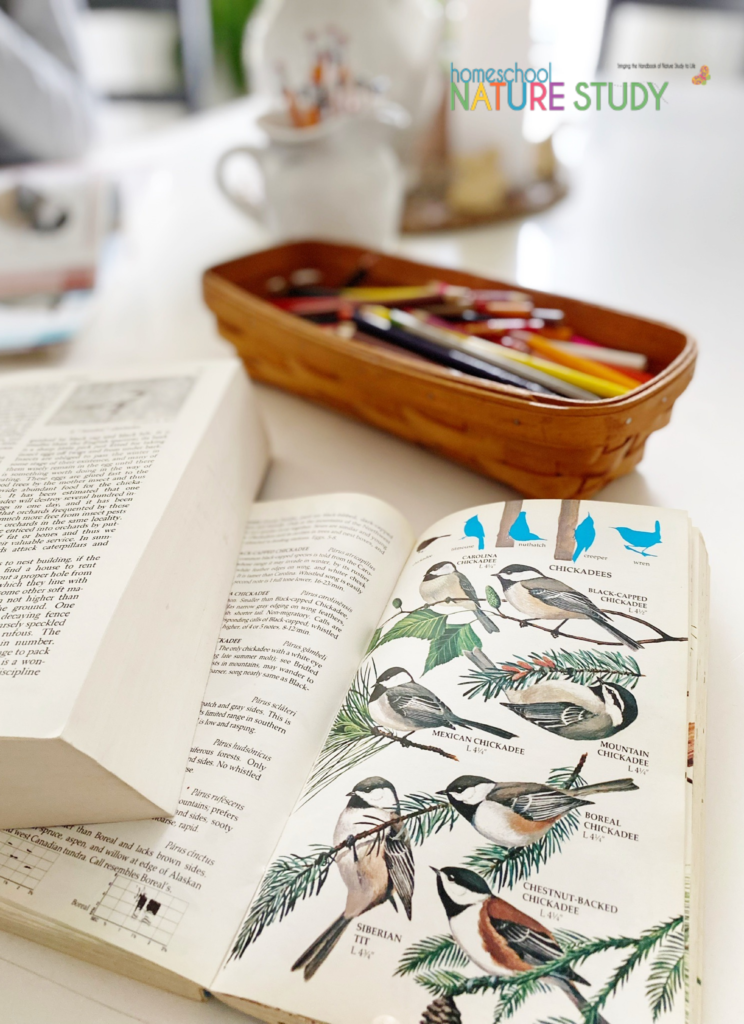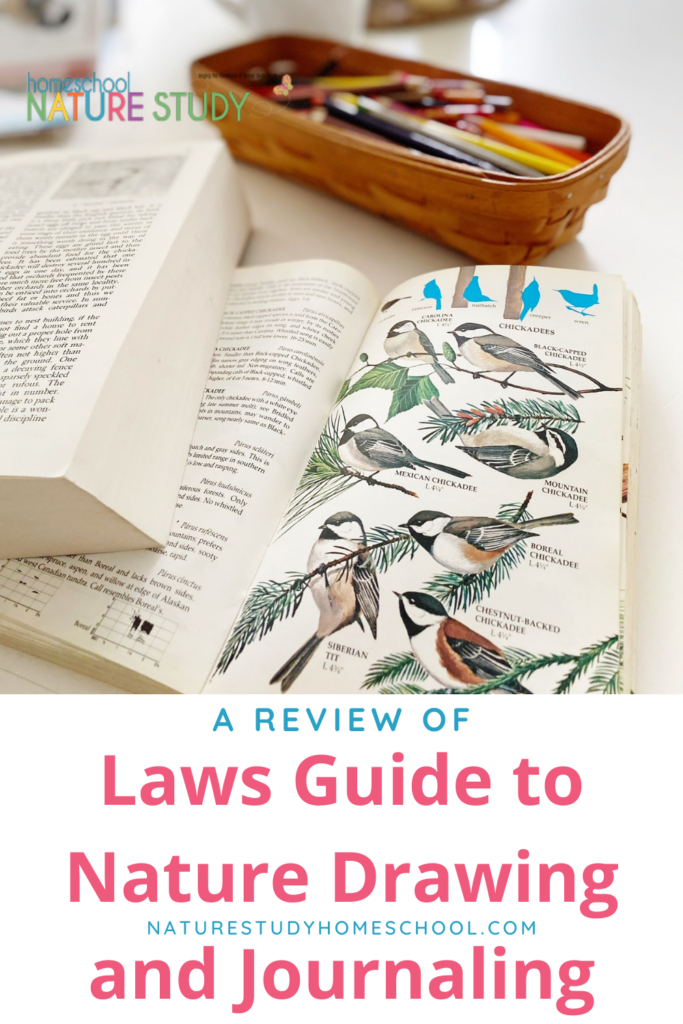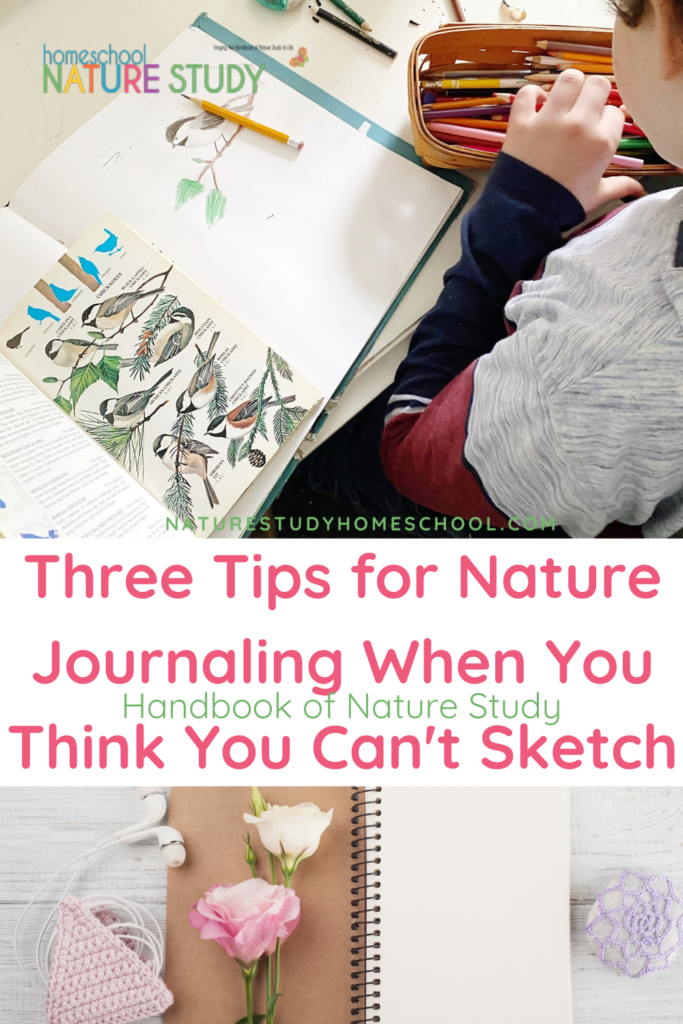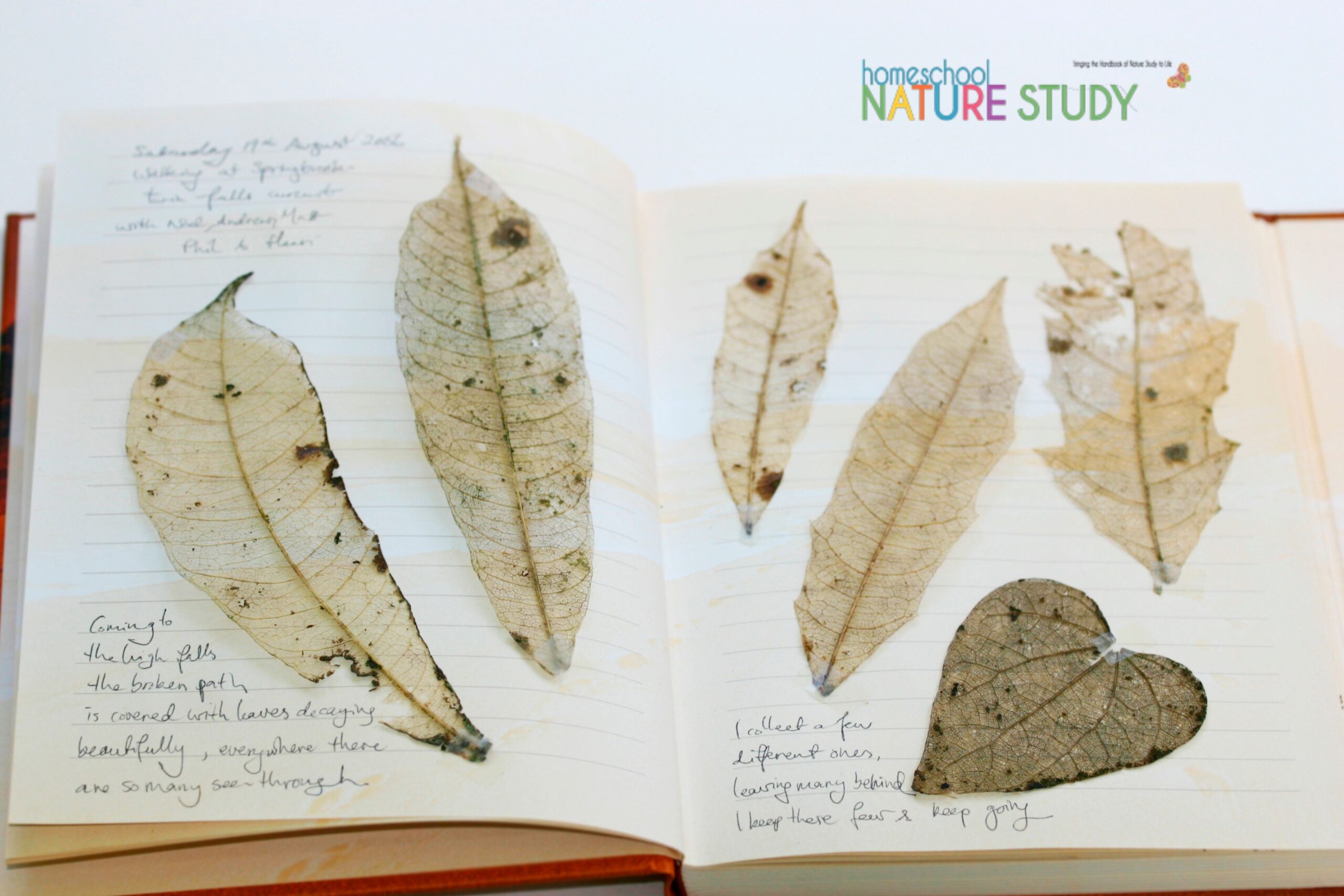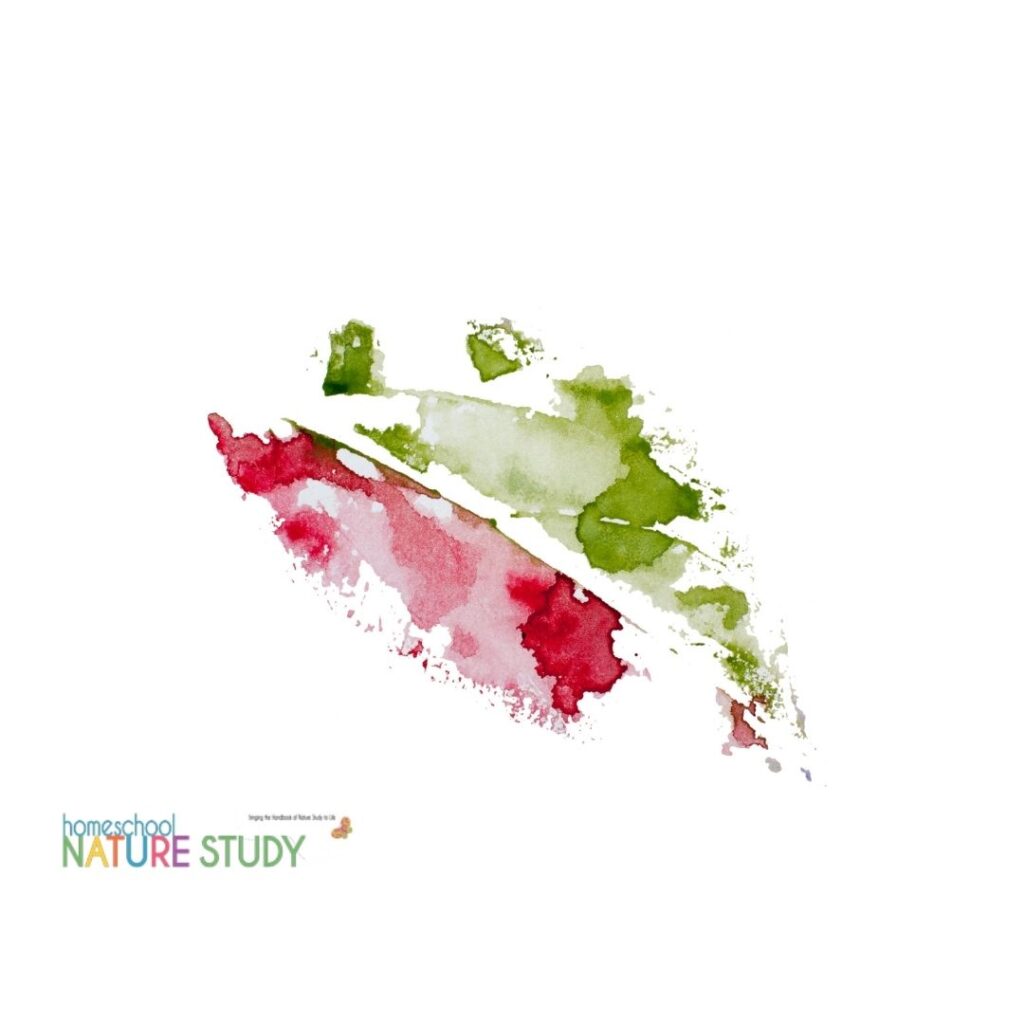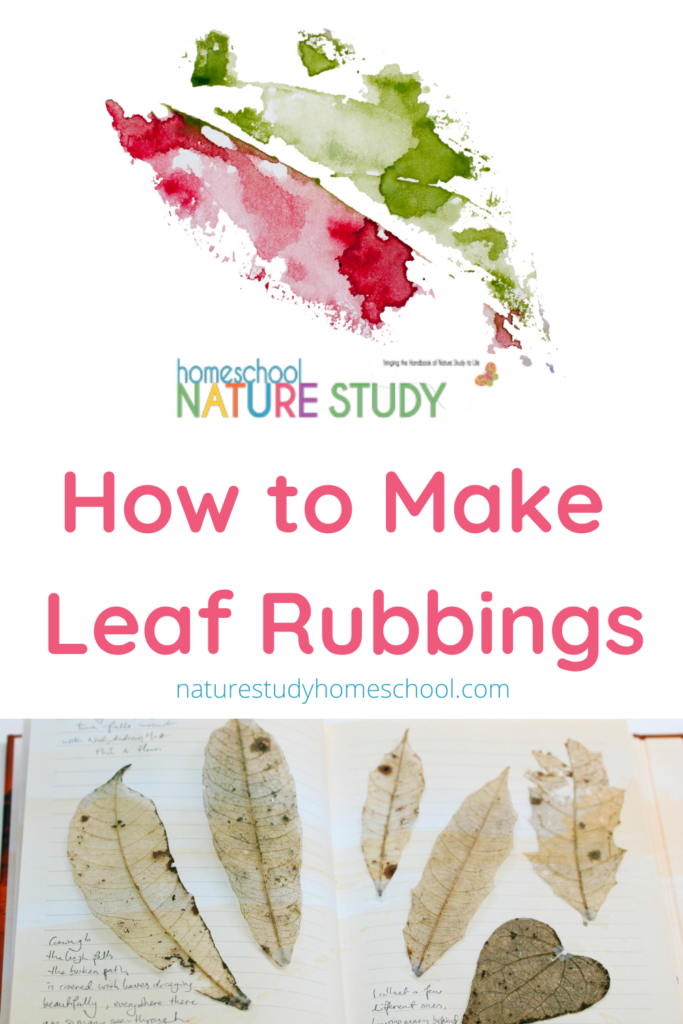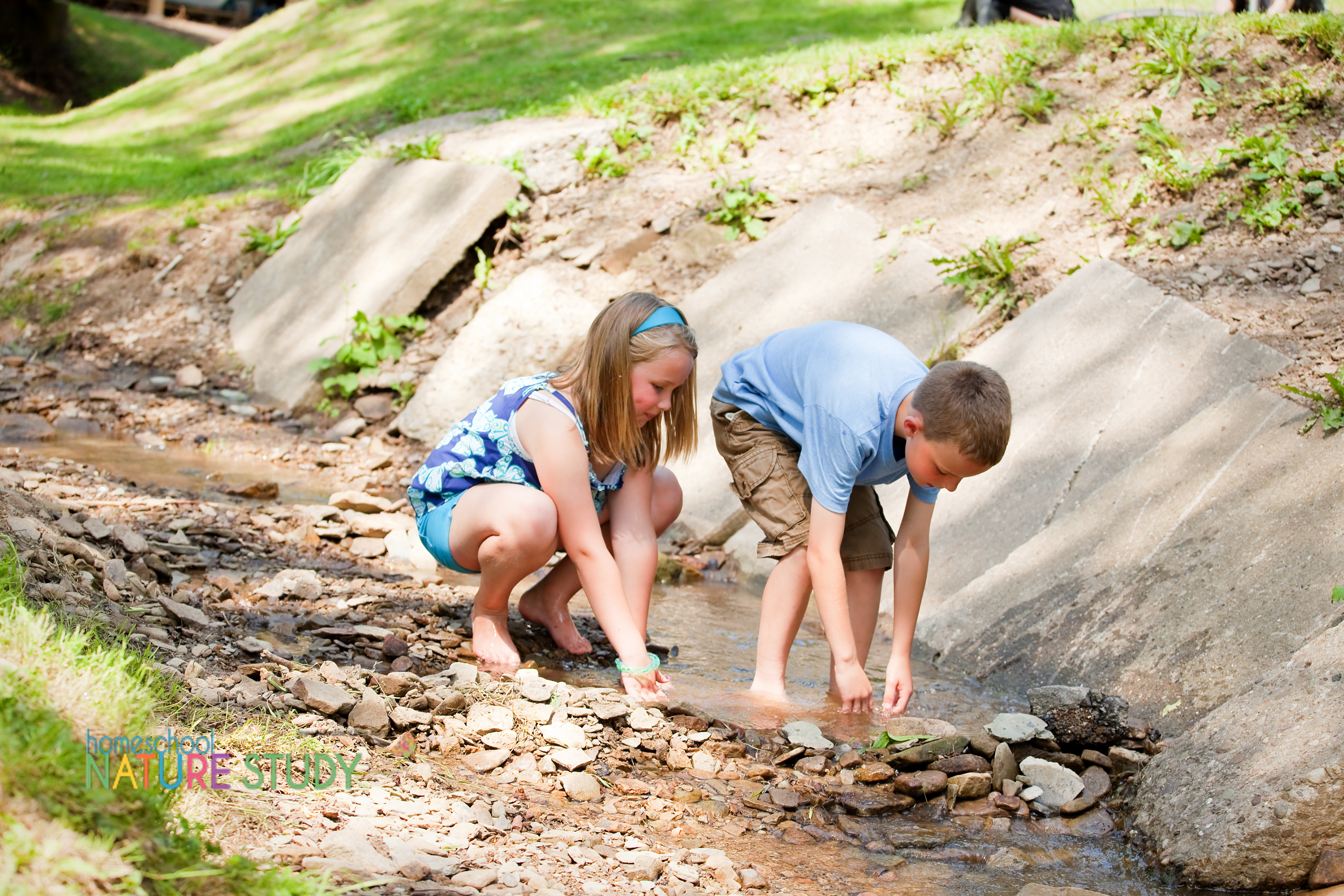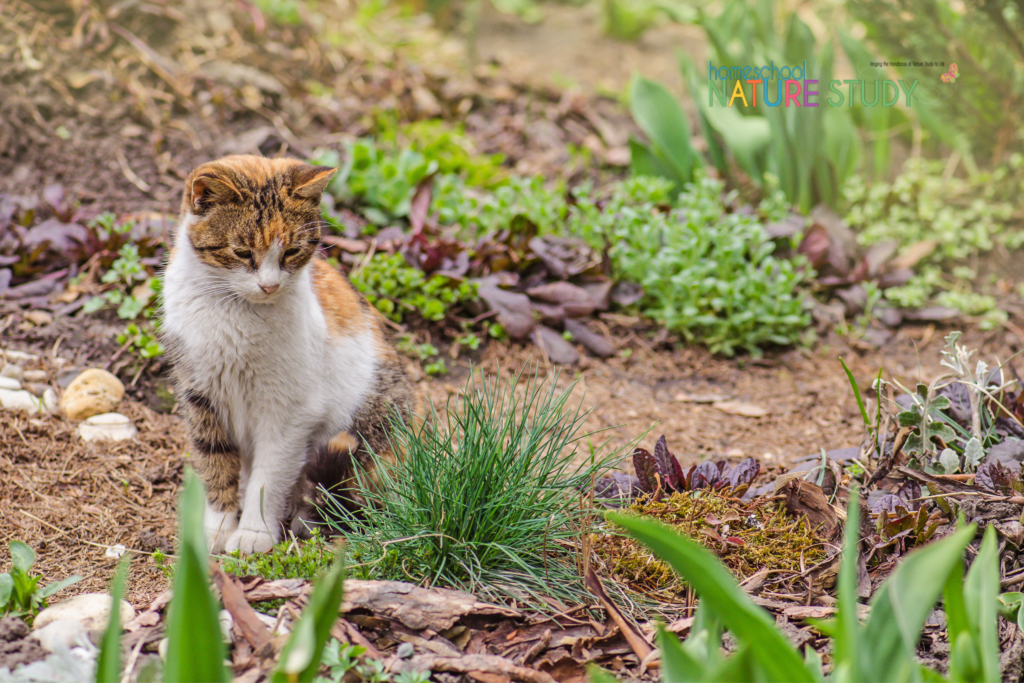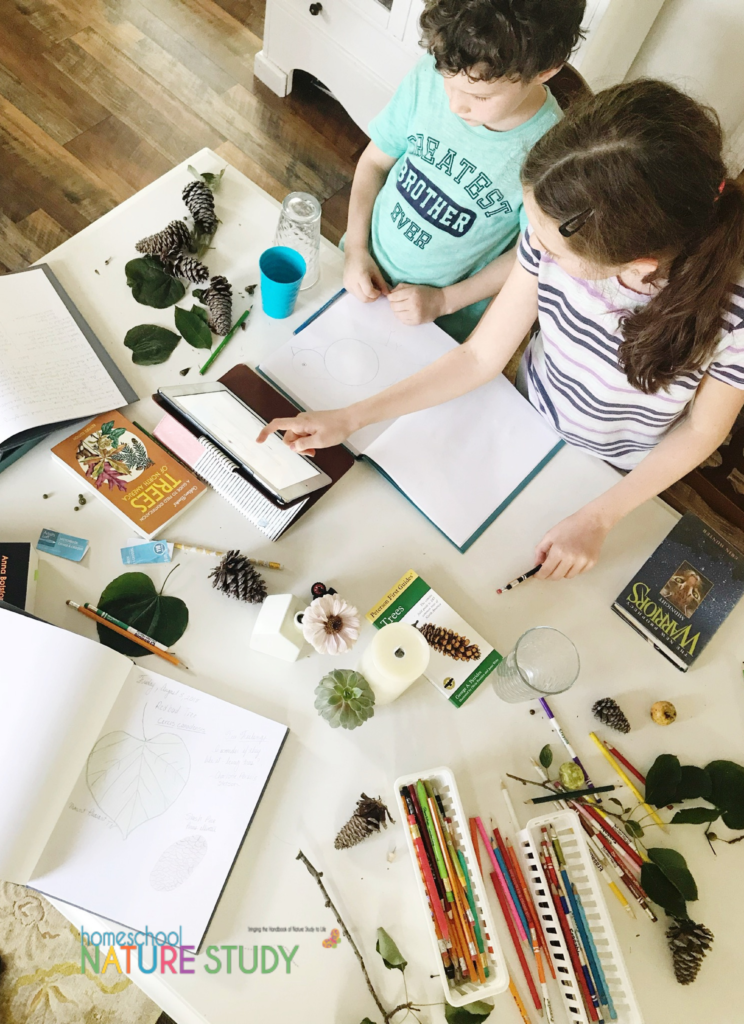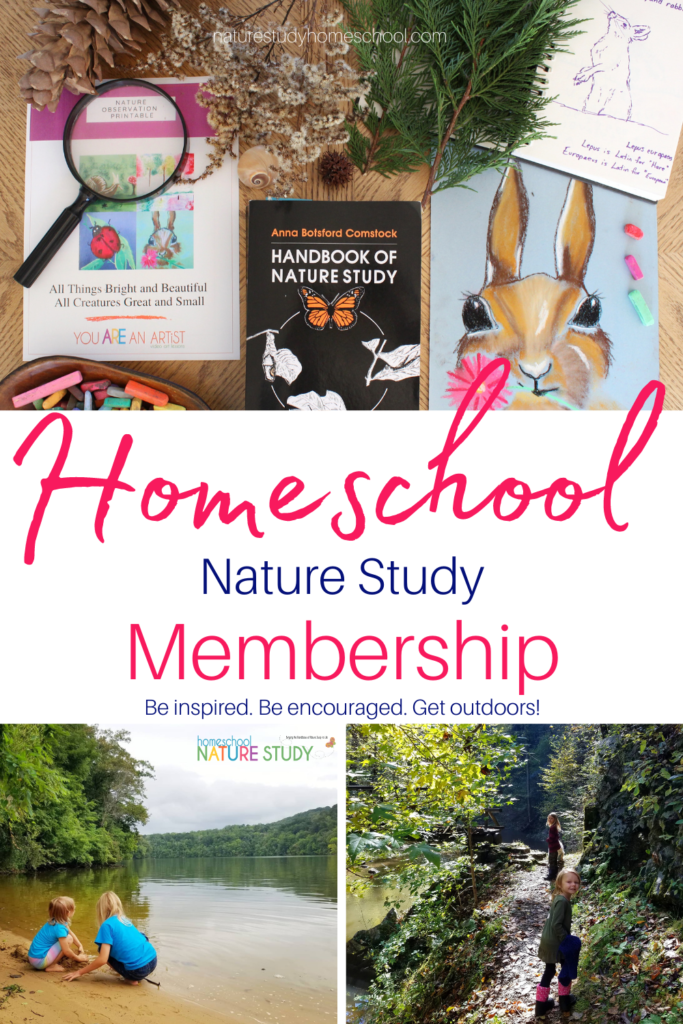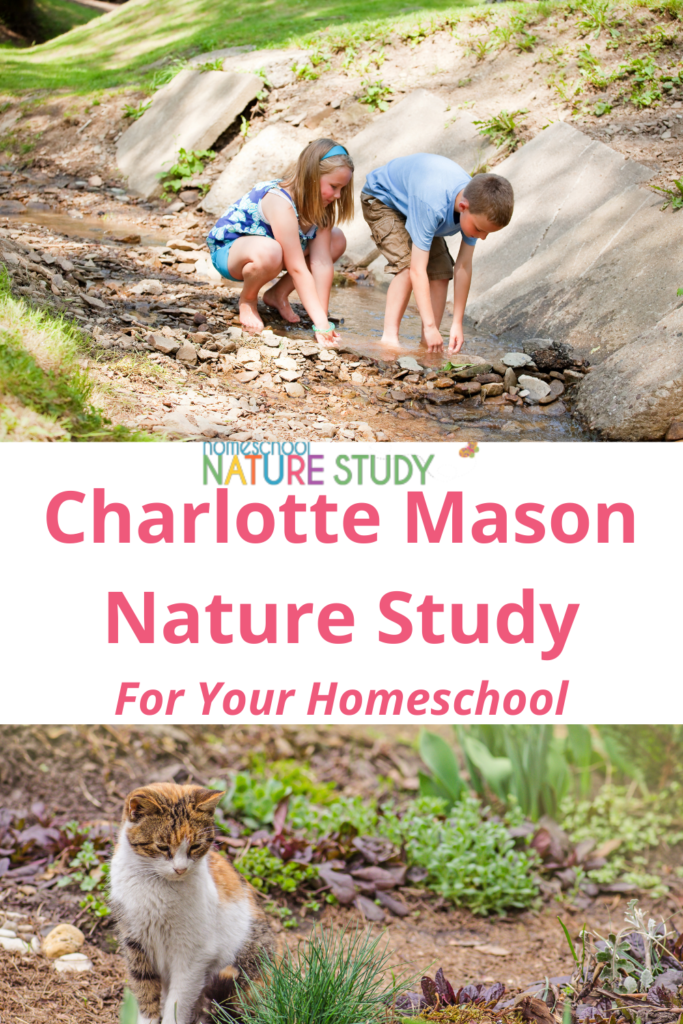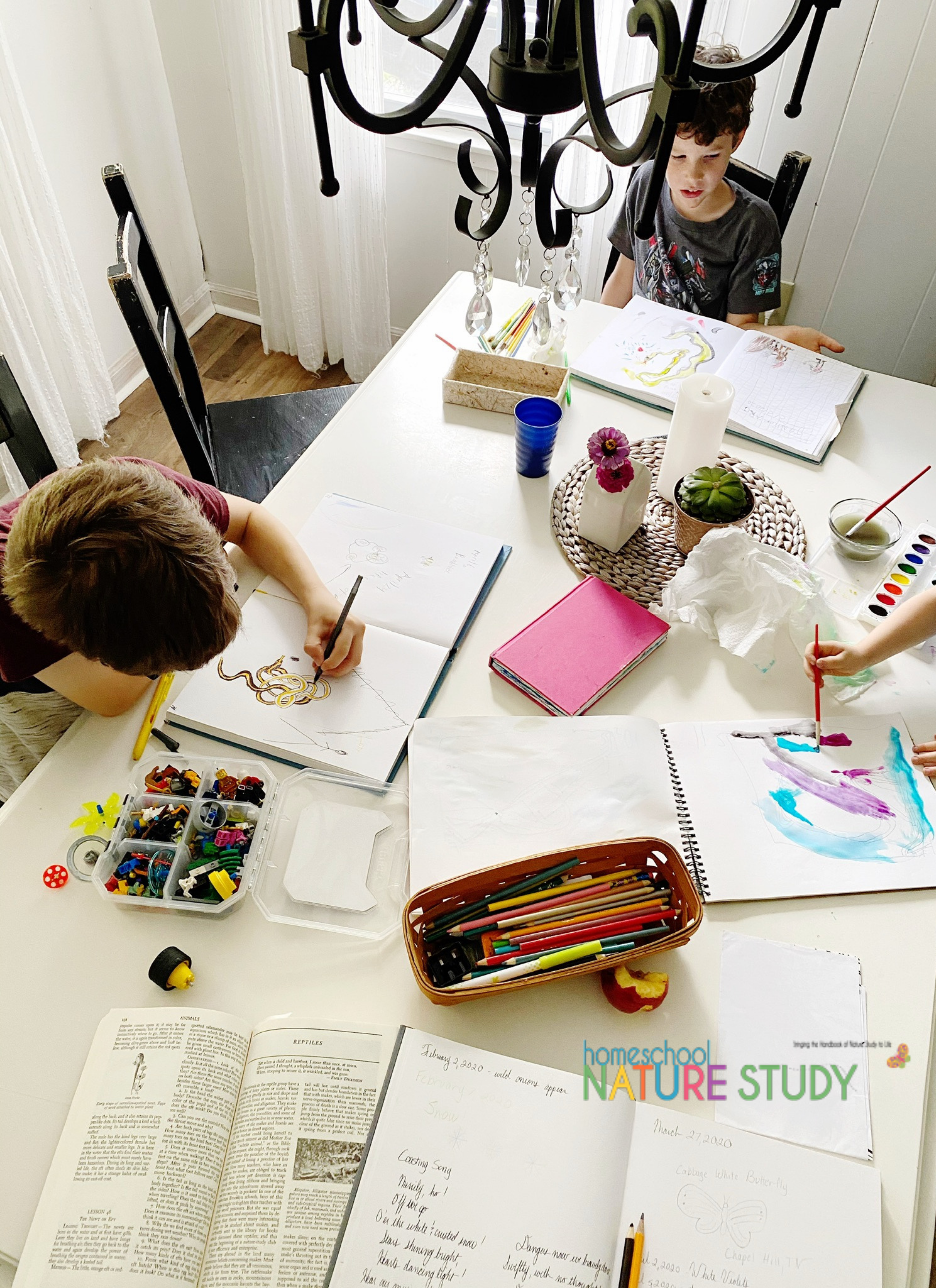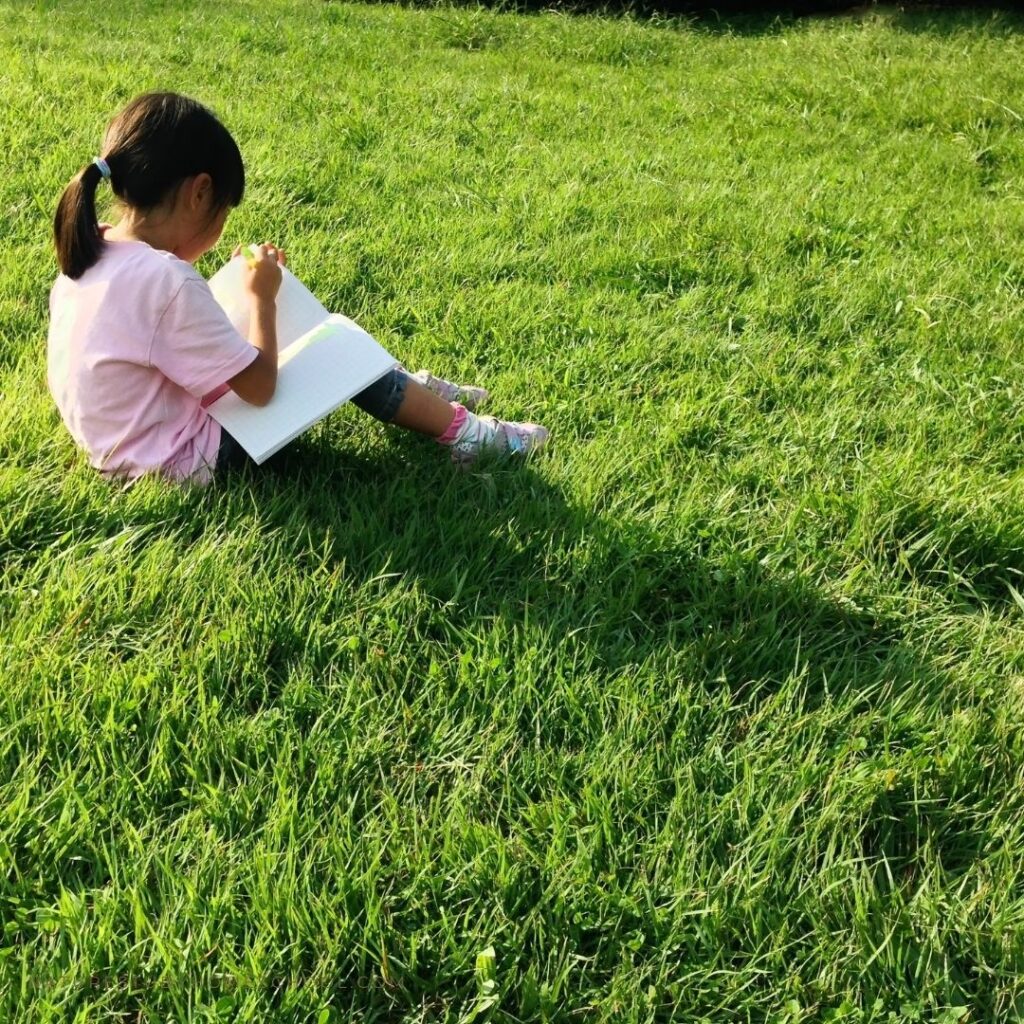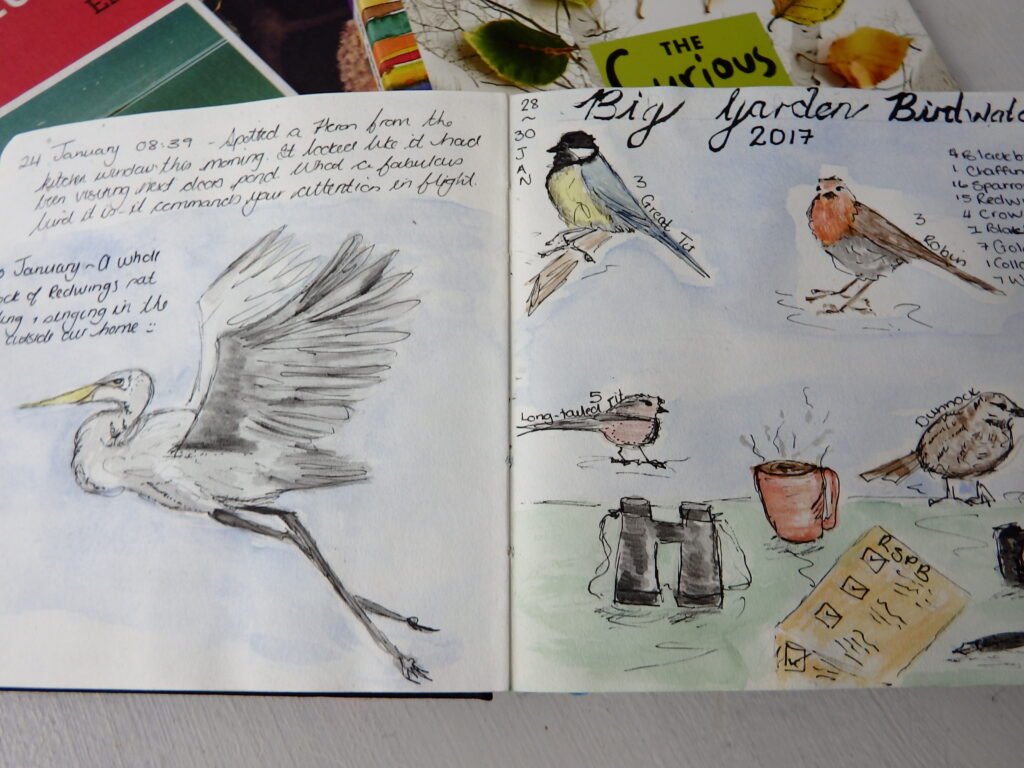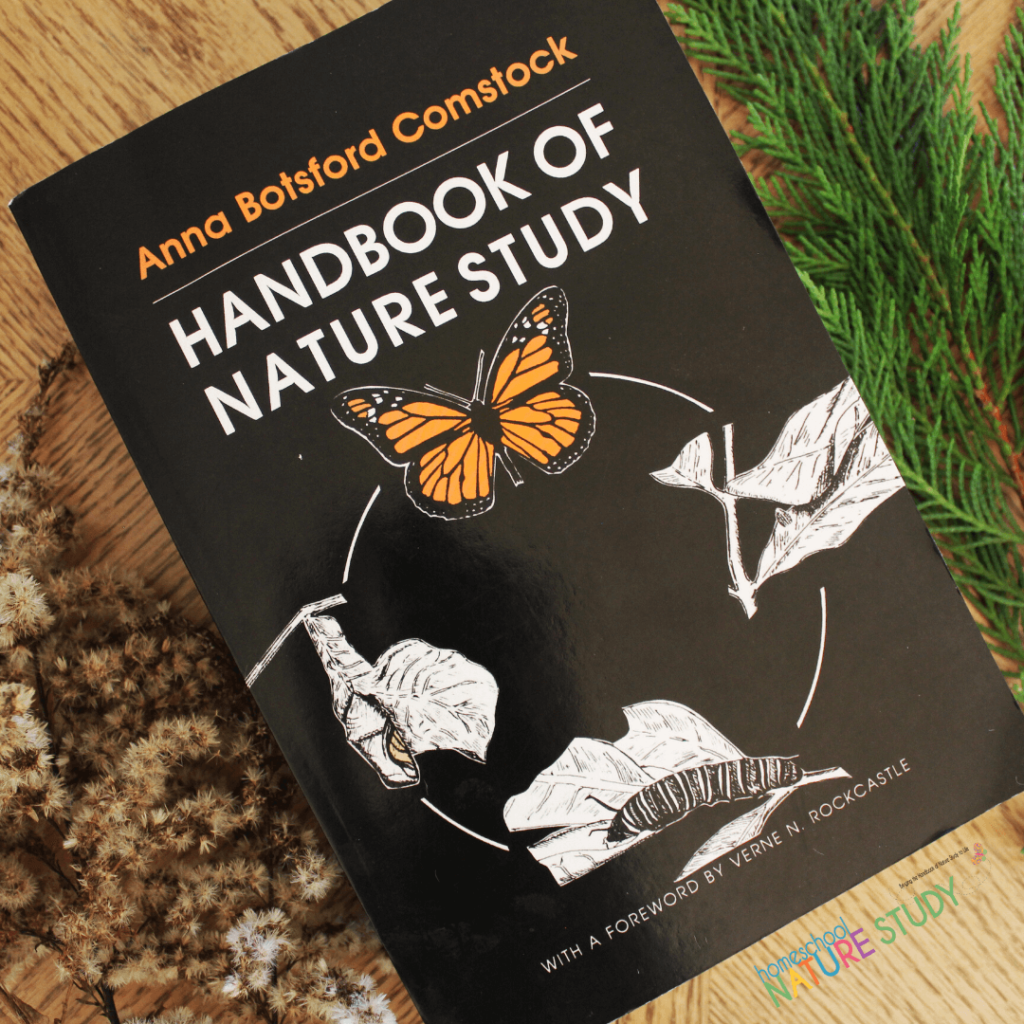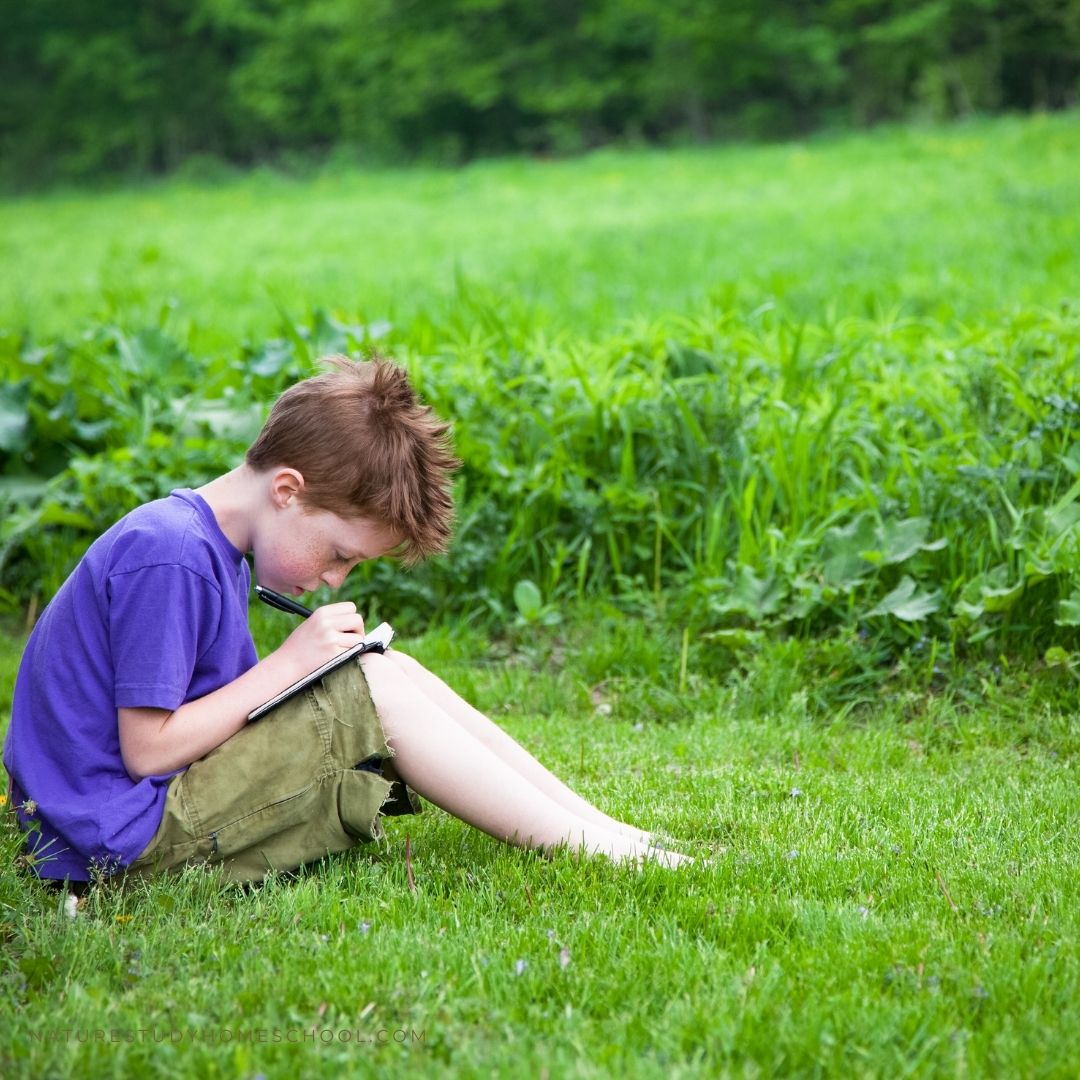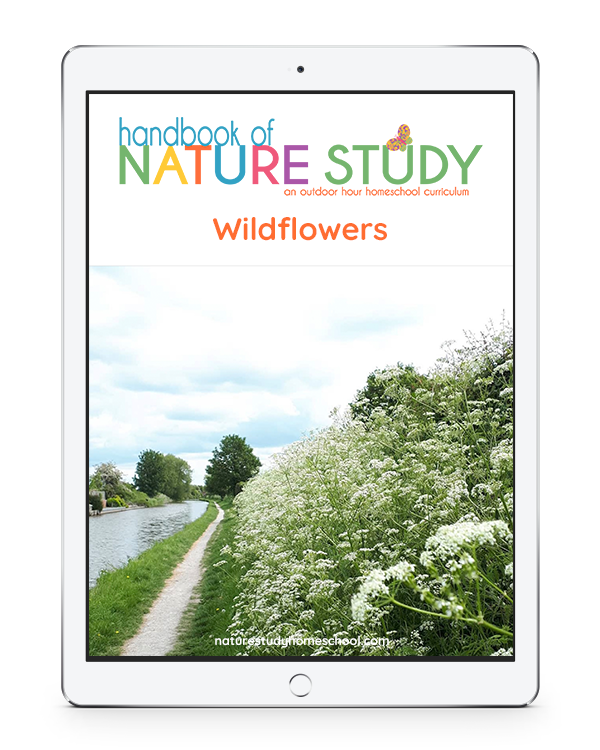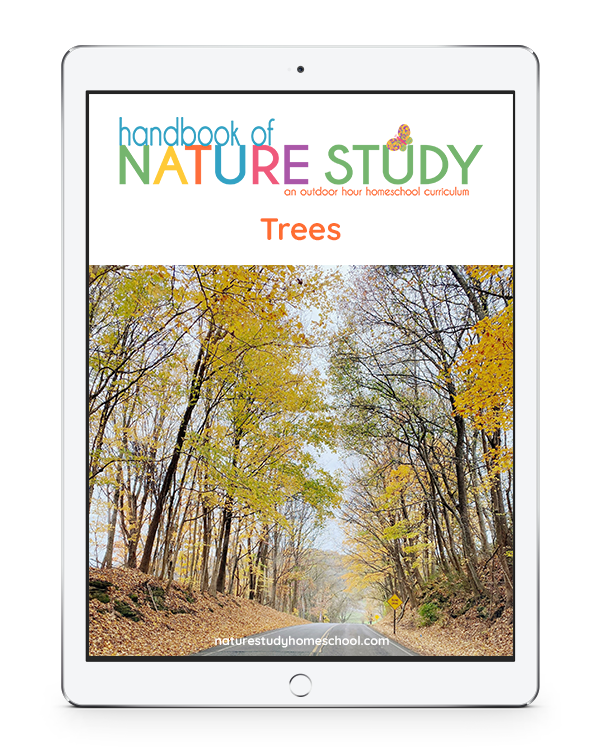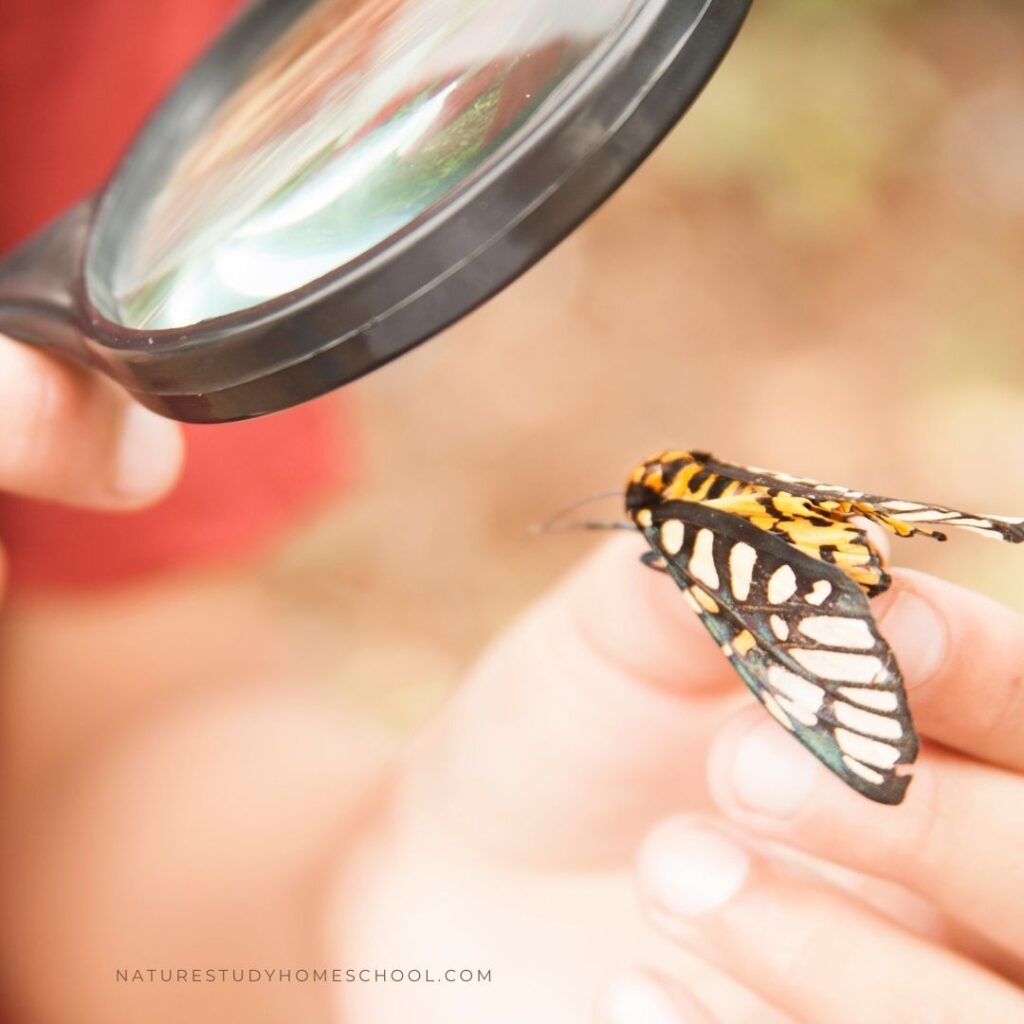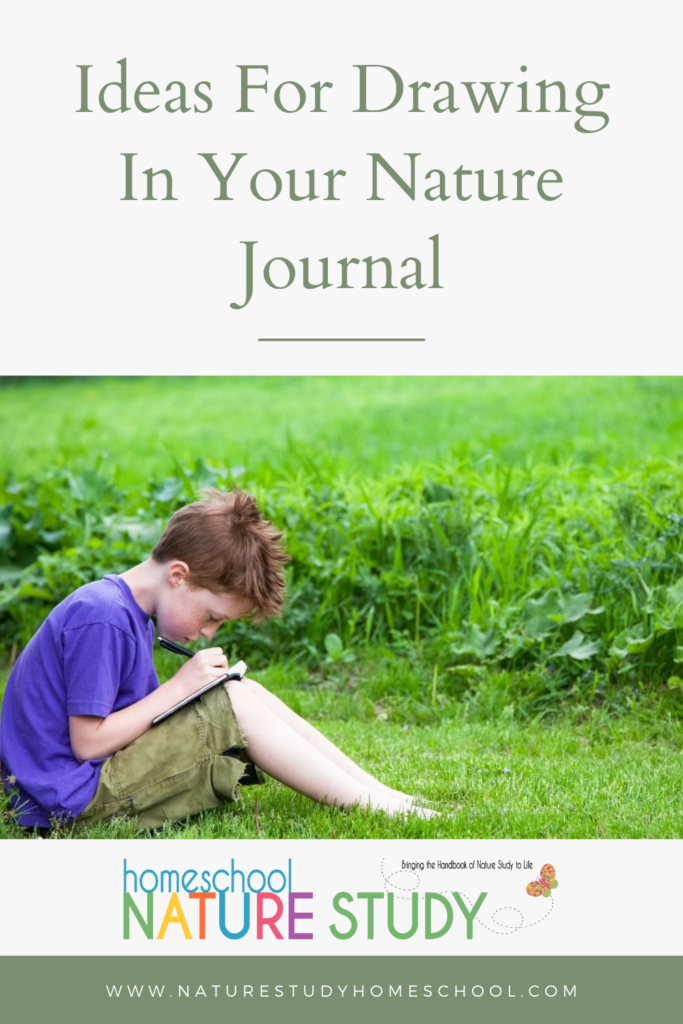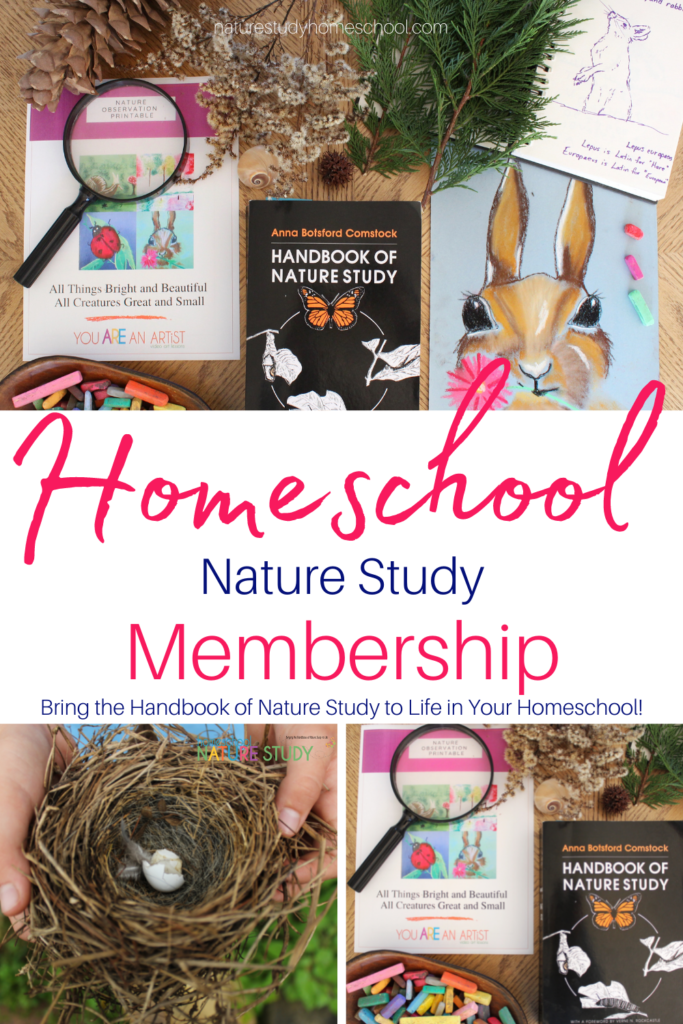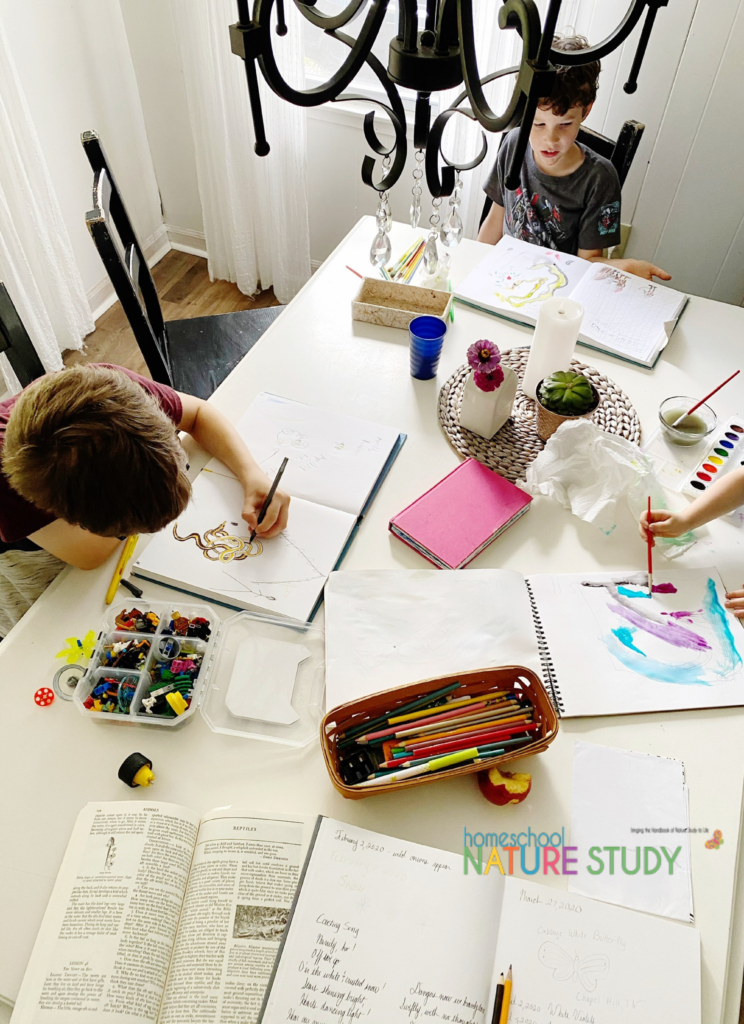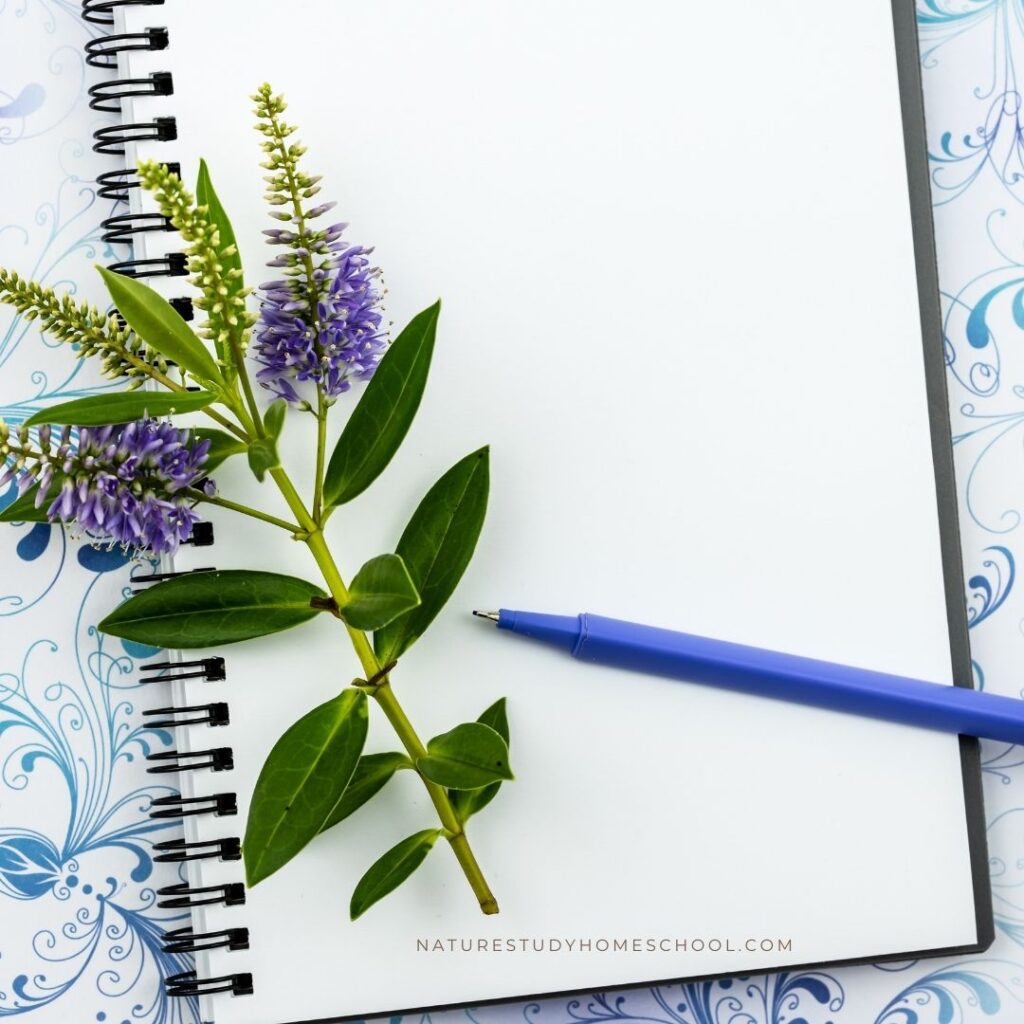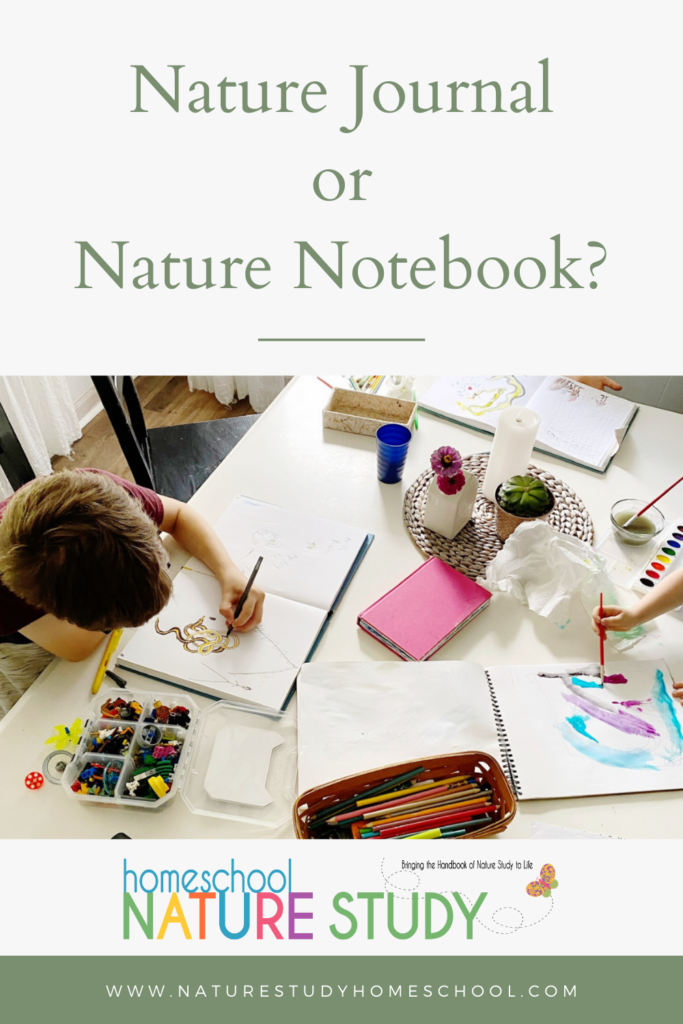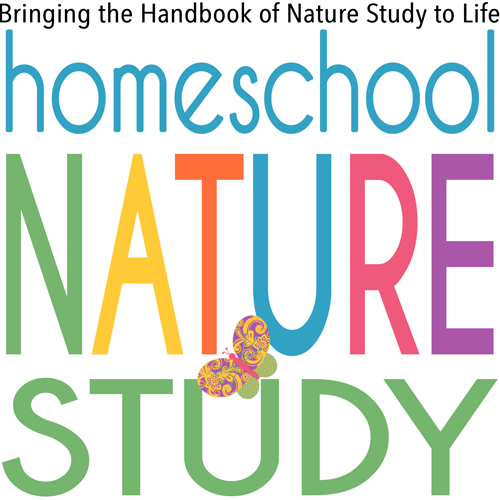Should you have a homeschool nature journal or a nature notebook? What is the difference between the two?
I always remind new homeschool nature study families that the journal page is the icing on the cake. The most important part of nature study is the time spent outdoors together with your children. You are successful whether you end up with a page in your journal each week or not.
Homeschool Nature Journal or Nature Notebook?
I had a really good question from Joy and I thought maybe you might like to hear my response.
Here is Joy’s question:
First off, I have read all of Charlotte Mason’s Original Homeschooling Series as well as Karen Andreola’s Charlotte Mason Companion, along with various others (and I’ve read all that you have on your site concerning Nature Journaling). But, I am still left wondering, is there a difference between a nature journal and a nature notebook?
For example, the notebooking pages that are offered along with the GH challenges (that Tina made) would go into a nature notebook. However, I really like the nature journal idea, with the dry brush method, etc. and it would seem that this would be a different thing all together.
The nature journal would seem to be a sketch book whereas the notebook would be something that would go into a 3 ring binder. So, how do these mesh together, and should I have my children do both? I know these questions are possibly silly to those who have done this for a while, but since I am just starting out, I don’t want to overwhelm my little ones (2nd grade and 1st grade). I really just want a streamlined way to encourage them to interact with what they are learning outdoors.
The Answer To Nature Journal or Nature Notebook:
First off I think this is a really good question and if you ask ten different people, you will get ten different answers. But I will take a stab at it since it relates to the Outdoor Hour Challenges. Clarifying things is always a good opportunity to fine tune our ideas.
I did a little research on what a “nature journal” is and the best explanation of it I found was in Clare Walker Leslie’s book, Keeping a Nature Journal. She explains it this way.
“Simply put, nature journaling is the regular recording of observations, perceptions, and feelings about the natural world around you. That is the essence of the process. The recording can be done in a wide variety of ways, depending on the individual journalist’s interests, background, and training. Some people prefer to record in written prose or poetry, some do it through drawing or painting, others with photographs or tape recordings, and still others through musical notation…..Many people use a combination of these techniques.”
In the Handbook of Nature Study, Anna Comstock calls the nature journal a “field journal” but it is still the same thing, a nature journal. In Charlotte Mason’s original homeschooling series in volume one, she refers to the nature journal as a nature diary. The idea is all the same idea, to record personal observations and thoughts about the world around you.
So Joy, to answer your question with the short answer, either method is still considered nature journaling whether you use a spiral bound sketch pad with watercolors, markers, or pencils or if you choose to use sheets of paper slipped into a 3-ring binder when you are finished. In our family, we do combinations of both recording in the nature journal and on paper.
Notebooking Pages May Be Easier For Younger Writers
Your children are still very young so you may wish to have them work on individual sheets of paper and slip them into sheet protectors when they are finished and store them in a binder. You may at a later date start them in their own spiral bound nature journal. Either way you can include many different types of mediums.
You can still watercolor and slip them into the binder. You can press flowers and slip those in too. If you come across a nature notebooking page you like you can fill those out and put those in the binder. The notebooking pages are nice for younger children because most of them include lines to write your notes on – which is easier for younger writers. I have one son that likes the notebooking pages because he hates a blank page. If it is in a notebooking page format, he can easily think of things to fill it up.
I hope that clears things up a bit. I know there are a lot of choices and you will eventually come to the answer for your family about which one works the best. Nothing is set in stone either. You can start one way and change at any time. It depends a lot on how you are going to use the nature journals and how your children feel about recording in them. When my boys were little, we filled up lots of pages each year so they loved starting fresh each fall. Now we perhaps make an entry a week and we have slowed down considerably in the volume of notebooks.
Make nature journaling a pleasant experience. I know that many times for myself I end up not liking a page until it is all done. It has taken me many years to develop my own style of nature notebook. Want a glimpse into my nature journal? How to Get Started Nature Journaling
I have come to the conclusion that the line between nature study and a nature journal is getting sort of fuzzy. You can have lots of nature study and not have a nature journal.
Don’t let your lack of skill in drawing keep you from your nature study
- Nature walk = Time outdoors + time spent in observation
- Nature study = Time outdoors + time spent in observation + time learning about your discoveries
- Nature journal = Time outdoors + time spent in observation + time learning about your discoveries + time recording your observations and thoughts
I am in no way discouraging nature journals but I am convinced that if you spend enough time in nature study, you will have more to write about in your journal.
Join Our Homeschool Nature Study Membership for Year Round Support
You will find a continuing series on nature journaling in our Homeschool Nature Study membership. Plus 25+ continuing courses with matching curriculum that will bring the Handbook of Nature Study to life in your homeschool! In addition, there is an interactive monthly calendar with daily nature study prompt – all at your fingertips!
First published May 2008 by Barb. Updated January 2022 by Tricia.
